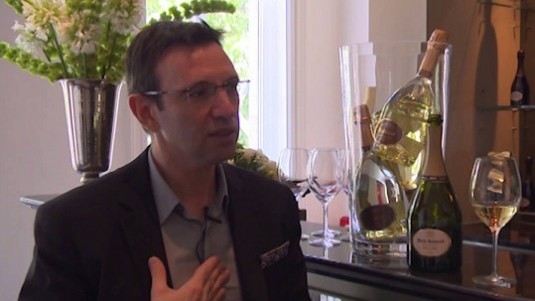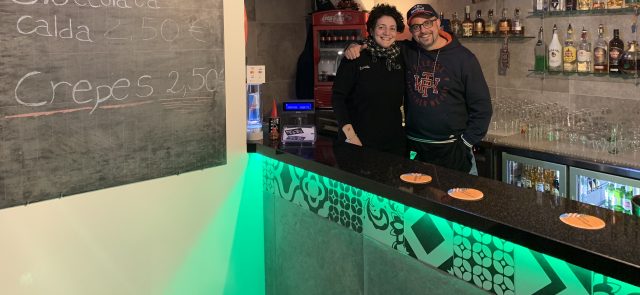Dom Ruinart Rosé 2004: “A blanc de blancs rosé”

The first Dom Ruinart Rosé was a 1966, which was created only seven years after, with the 1959 harvest, the first Dom Ruinart Blanc de Blanc Blancs, while the first vintage wine from Maison Ruinart – the oldest winery in the region of Champagne – was a 1947. What this new Rosé has in common with the Blanc is its deep rapport with the Chardonnay grape, the fulcrum of the Masion’s production. The aromatic freshness of this grape is preserved using an almost reductive winemaking process and malolactic fermentation which consolidates its expressive fullness.
Maison Ruinart’s Chef des Cave Frédéroc Panaiotis introduced the latest vintage of this great Champagne by describing it as a “blanc de blancs rosé”. The pulsating heart of every Ruinart cuvée is the Chardonnay from the towns historically closest to Reims, home of the majestic and legendary crayeres– the Gallic-Roman era cellars carved out of chalk - the grand cru villages of Sillery and Puisieulx. The grapes from Sillery, in fact, were used to make the Masion’s first sparkling wine which was sold with the definition of Sillery Mosseaux on the label.
Chardonnay from Grand Cru villages is still used in Dom Ruinart blends and in the Rosé accounts for 81%, of the wine of which 69% is from Cote des Blancs villages (Avize, Cramant and Le Mesnil-sur-Oger) and 31%from Montagne de Reims (Puisieulx and Sillery). The remaining 19% is red Pinot Noir wine only from the village of Sillery. The Pinot Noir is almost a signature and offers the elegance typical of this village north of Montagne de Reims, where the structure and boldness of the red grape becomes second to aromatic finesse and freshness.
The 2004 harvest was one of the most abundant and balanced of the past decade thanks to a mild winter, pleasant spring, a summer without any excessive heat and ideal conditions in September, all which contributed to allowing the grapes to ripen perfectly, with 9.8° potential alcohol level and 7.3g/l of total acidity. This meant that Dom Ruinart had to let the wine age on the lees for 11 years before disgorgement to achieve the complexity and aromatic richness that today make this wine so magnificently generous and fragrant, with a propensity to age guaranteed by a brilliant freshness together with a full and harmonious maturity.
Related Products
| Product | Producer | Date of publication | Author | Read | |
|---|---|---|---|---|---|
|
|
Dom Ruinart Rosé 2004
Champagne |
Ruinart | 03/17/17 | Chiara Giovoni |
A blend of 81% Chardonnay and 19% Pinot Noir Grand Cru grapes, the latter fermented on the skins and from the village of Sillery, which sat on the lees for 11 years before being disgorged with a... Leggi tutto |

 Italiano
Italiano








